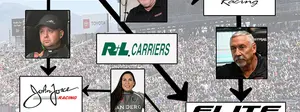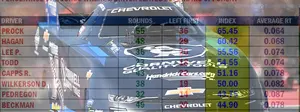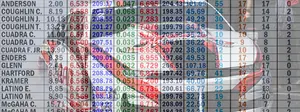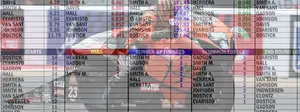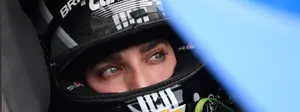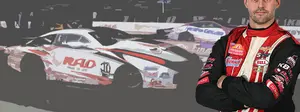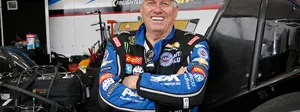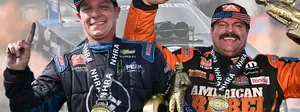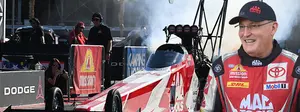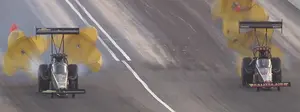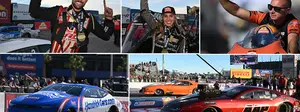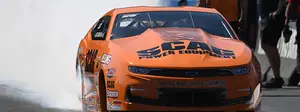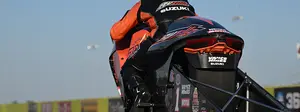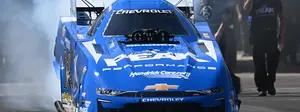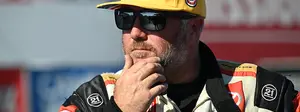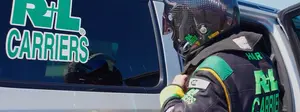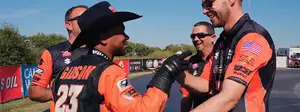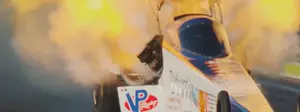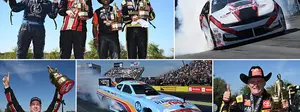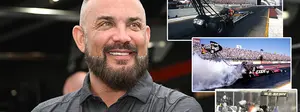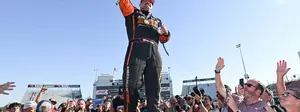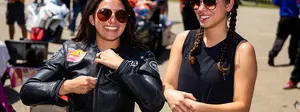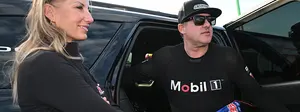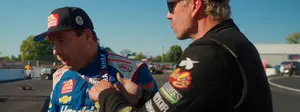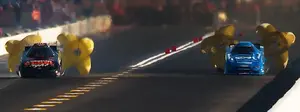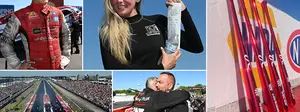

Funny Car fury: What's going inside the car during a 330-mph pass
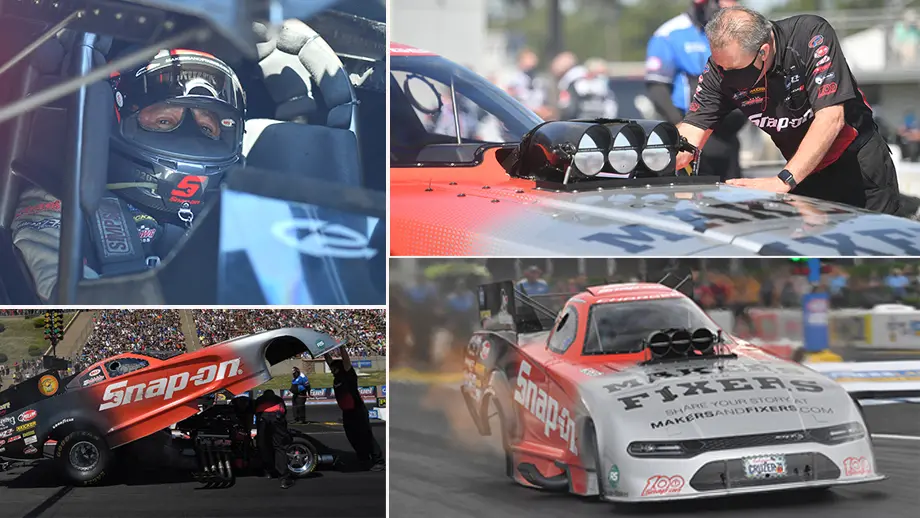

Driving a straight-line drag race car might look simple, but there’s a lot that goes on that you can’t always see from the grandstands. Two-time NHRA Funny Car champ Cruz Pedregon walks us through what it takes to make a run in one of the 300-mph nitro classes.
“Sitting there waiting for the crew to fire the car, I think about the groove, where the most rubber is on the track -- whether it's inside or outside – and I think where I need to put the car. I’m also mentally rehearsing what I'm going to do depending on if it's qualifying or race day. I'll think about what kind of burnout I need to do and about my opponent. Am I gonna stage first? Am I gonna stage second? I just run through every scenario so that I'm when I get up there, I'm ready to go.”

“I do a medium burnout but my crew chief may tell me to go shorter depending on the track temperature or condition. The crewman will lead you into the water to start the burnout and you want to make sure the car is positioned correctly. You don’t do your burnout in the groove because if everyone did that it would tear up the rubber, but you back up and then run in the groove. Almost every team uses a throttle stop so that the burnout is the same and the driver doesn’t over-rev the engine.”

“After the driver has backed up from the burnout, the crew will lift the body and reset the engine idle, look for leaks, and remove the digital dashboard that’s tells them the idle speed.”
“You don’t see it as much on Funny Cars, because it’s harder to do inside the body, but the Top Fuel teams will usually clean the tires with their hands to remove any debris that might be sticking to the tires after the burnout. They also check the wheelie bar to make sure it’s set correctly.”

“The crew chief helps guide you into the staging beams. Sometimes they’ll communicate something last minute to the driver, but I like to have mine move out quickly so I can start to concentrate on staging and get into my race rhythm. You want to pick a spot down the track to aim for as you stage. Once both me and my opponent are pre-staged, I reach over with my left hand to turn on both fuel pumps, step off the clutch, and keep the brake tight and wait for the Tree.”

“When you step on the gas, you're instantly pinned to the seat, and you're just in survival mode. The visibility is not the greatest for the first few hundred feet, so once that clears up I find out where the center of the lane is – or where the groove is -- and just try to keep that thing in the center of the groove. Funny Cars like to wander and the main thing is you want to catch it before it drifts too far either way.”
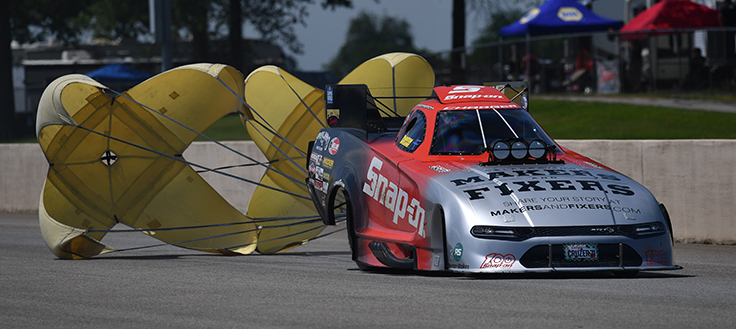
“Some teams have their parachutes set to deploy on a timer or one a wheel-distance counter, but I like to do it myself. I have a button on the steering wheel that I push, and I time it so that the parachute is out right when I hit the finish line. Once I feel the parachute hit, I turn off the fuel and then the magnetos and continue to slow the car. There's always a person at the turnoff telling you to go first ahead of your opponent or to let them go because you can’t see out the side of the car very well. Then it’s back to the pits and get ready for the next run.”























